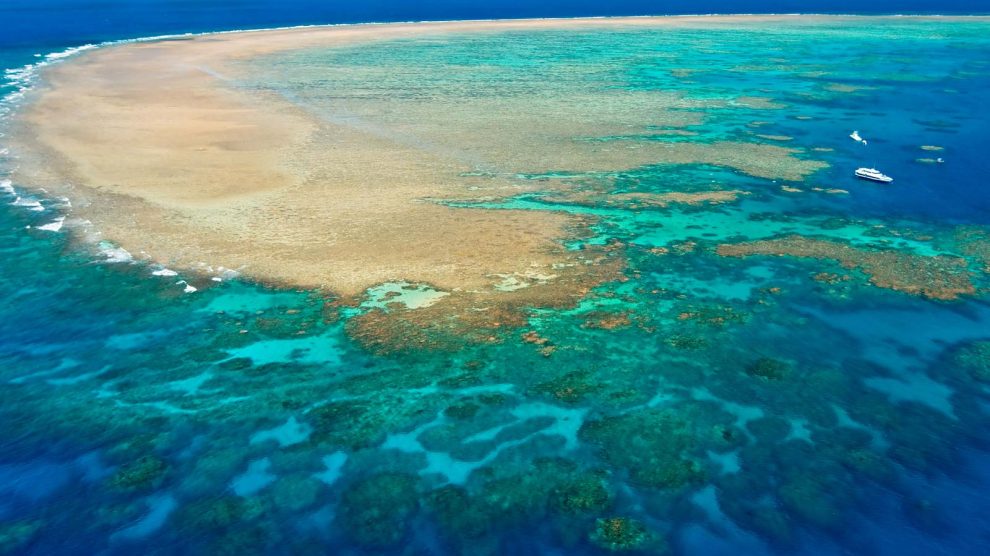About 1 million of the 8 million animal and plant species in the world are in danger of extinction, mostly due to human activities.
At its 68th session on 20 December 2013, the United Nations (UN) General Assembly held March 3, the day the Convention on the International Trade in Endangered Species of Wild Animals and Plants (CITES) was signed in 1973, to raise awareness about wild animals and plants. declared “World Wildlife Day” in order to create and raise awareness.
The theme of this year’s World Wildlife Day, which is celebrated with various events every year, is to highlight the central role of forests, forest species, ecosystem services, and especially indigenous and local communities with historical ties to the forest and adjacent areas, in the maintenance of the livelihoods of hundreds of millions of people around the world. and Livelihood: Sustaining the People and the Planet ”.
According to the information compiled by the AA correspondent from the 2019 report of the Intergovernmental Science-Policy Platform on Biodiversity and Ecosystem Services (IPBES), nearly 1 million animal and plant species are under threat of extinction, most of them within 10 years.
The health of ecosystems on which humans and all other species depend is deteriorating faster than ever, according to the report. It is predicted that this will have serious effects on people all over the world.
The average abundance of native species has decreased by at least 20 percent in settled habitats since 1900. More than 40 percent of amphibian species, almost 33 percent of reef-forming corals, and more than a third of all marine mammals are threatened.
While clear data on insects are not available, available data indicate that an estimated 10 percent of insect species are endangered.
At least 680 vertebrate species have gone extinct since the 16th century, according to the report.
Factors Affecting Biodiversity Adversely
While there are approximately 8 million animal and plant species in the world, factors such as climate change, consumer preferences, urbanization, change in demography, land use changes, pollution, over-harvests and invasive species spread negatively affect biodiversity.
According to the report, three-quarters of the inhabited environment and about 66 percent of the marine environment have been significantly altered by human actions.
The number of invasive alien species per country has increased by about 70 percent since 1970 in 21 countries with detailed data.
The report states that almost half (47 percent) of land-dwelling, flightless mammals and 23 percent of birds that may already have been adversely affected by climate change are threatened.
In addition, 25 percent of the terrestrial freshwater and marine vertebrates, invertebrates and plant groups are also threatened with extinction.
On the other hand, the global terrestrial habitat integrity caused by habitat loss and degradation has also decreased by 30 percent.
Roadmaps such as the UN’s Sustainable Development Goals, the Paris Agreement and the Convention on Biological Diversity play a very important role in the protection of nature’s life pattern and biodiversity.
According to IPBES, despite advances in nature conservation and implementation of policies, global goals to protect nature and ensure sustainability may not be met with current guidelines, and goals for 2030 and beyond can only be achieved through transformative changes in economic, social, political and technological factors.


 Yedek Parçalar
Yedek Parçalar
